McLaren P1 To Deliver The Staggering 903 Horsepower
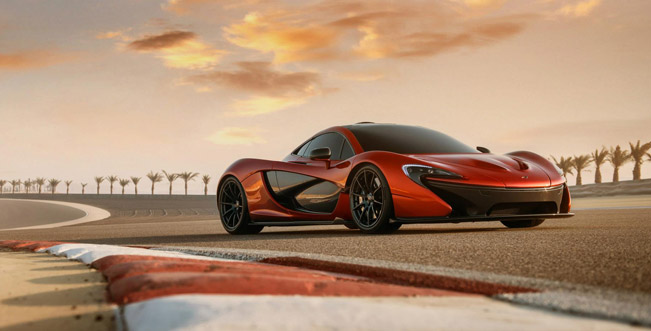 It is official! McLaren P1 is going to deliver the staggering 903 horsepower! The model will have the combined force of two highly-efficient powerplants: a mid-mounted 3.8-litre twin-turbo V8 petrol engine and a highly effective electric motor.
It is official! McLaren P1 is going to deliver the staggering 903 horsepower! The model will have the combined force of two highly-efficient powerplants: a mid-mounted 3.8-litre twin-turbo V8 petrol engine and a highly effective electric motor.
Both will offer a combined output of 903 hp (664 kW) and a maximum torque figure of 900Nm (664 lb-ft), ensuring instantaneous throttle response through the rev range, more akin to a naturally aspirated engine.
Furthermore, the emissions here are rated to be less than 200g/km on the combined cycle and are reduced to zero in full electric drive mode. On the other hand the Formula 1-derived DRS and IPAS technologies offer enhancement in straight-line speed and an instant boost of power.
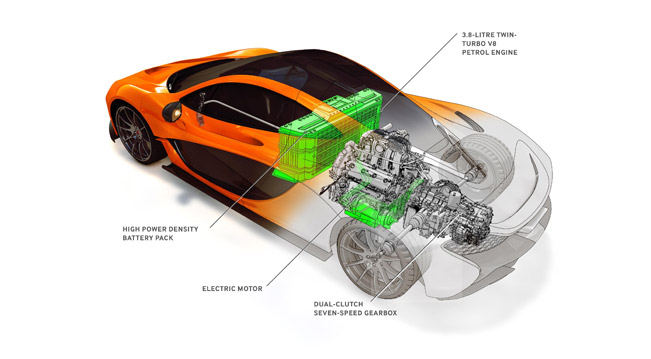
But to go into details, the 3.8-litre twin-turbo V8 petrol engine in P1 is a new version of the familiar M838T unit. This engine block has a unique casting in order to feature the electric motor.
Here, the petrol engine produces 727 hp (535 kW) at 7,500rpm, and 720 Nm (531 lb-ft) of torque from 4,000rpm, while the lightweight electric motor produces 76 bhp (130 kW) and a maximum torque of 260 Nm (192 lb-ft).
What is more, in this McLaren model is featured also a "boost" system called IPAS which provides up to 179 hp instantly. The instant response of the electric motor provides a sharper throttle response more associated with a normally aspirated engine, and the significantly enhanced air-charging system enables the McLaren P1 to have more top-end power.
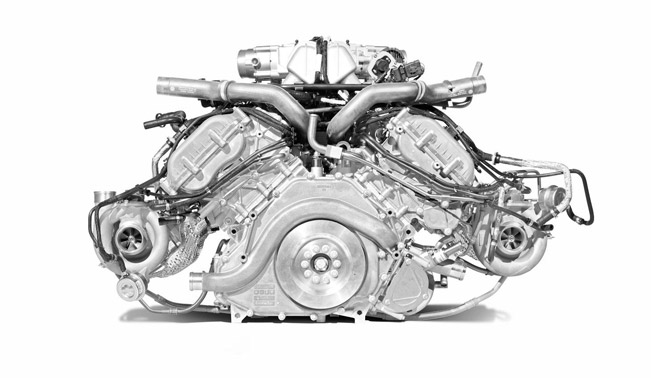
The electric motor is mounted directly onto the engine. The power of both units is channeled through the dual-clutch seven-speed gearbox to drive the rear wheels. Another advantage here is that the e-motor can provide faster upshifts through the application of instant negative torque at the point of shift, making the engine revs drop as quickly and efficiently as possible to the required engine speed for the upshift.
What also has been revealed for the P1 is that it can be driven in a variety of modes, powered by the engine and electric motor together, or solely by the electric motor. Of course, the maximum power is delivered when both powerplants are utilized together together.
However, even in E-mode the performance is strong enough. E-mode is the most economical mode available with zero tailpipe emissions, in which the vehicle can travel more than 10 km with electric-only power. When the battery is empty, the petrol engine will automatically start to maintain drive and charge the battery.
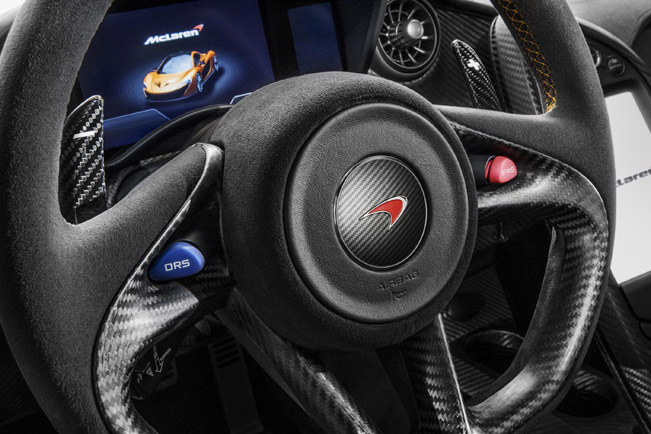
Additional technology highlights featured in this new McLaren model are the DRS (Drag Reduction System) and IPAS (Instant Power Assist System)., which enhance the power available via the petrol engine and electric motor.
The first system is a technology similar to that employed on Formula 1 cars. Speed is increased by reducing the amount of drag on the rear wing and, where the MP4-28 has a moveable flap on the rear wing, the McLaren P1™ has a wing that reduces in angle to lower drag by 23%. The system immediately deactivates when the button is released, or if the driver touches the brake pedal.
The other system – IPAS, is designed in order to offer power rapidly for high performance acceleration, and provides 179 hp of instant additional power. In addition, in this system the power delivery was prioritized over energy storage, through a groundbreaking, lightweight battery pack, which offers greater power density.
The latter has been achieved through high power cells, low pack weight and an innovative cooling system all working together. The battery weighs only 96kg, and is mounted onto the underbody of the high-strength Formula 1-grade carbon fibre MonoCage chassis. The battery can be charged via the engine or via a plug-in charger that can recharge it from empty in only two hours.
Additional details for the McLaren P1 will be released in the coming weeks before its official world debut in Geneva next month.
Source: McLaren


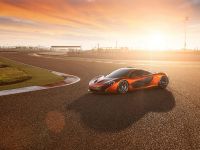



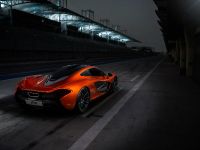

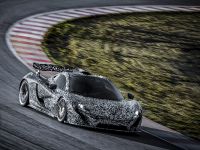
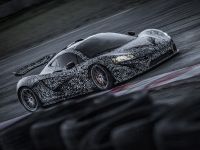
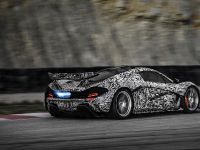
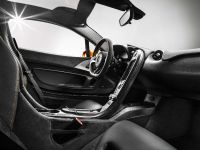
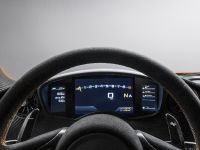
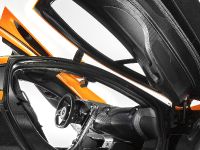
![Next Steps Towards Production: McLaren P1 Development Car [VIDEO]](http://www.automobilesreview.com/uploads/2013/01/McLaren-P1-Development-Car-BIG.jpg)
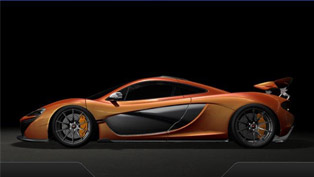
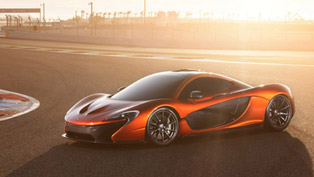
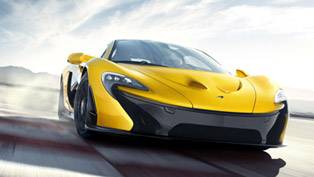
![Designed By Air: McLaren P1 [VIDEO]](http://www.automobilesreview.com/uploads/2013/04/designed-by-air-BIG.jpg)





